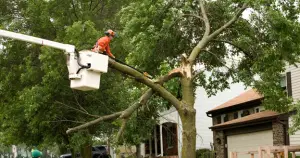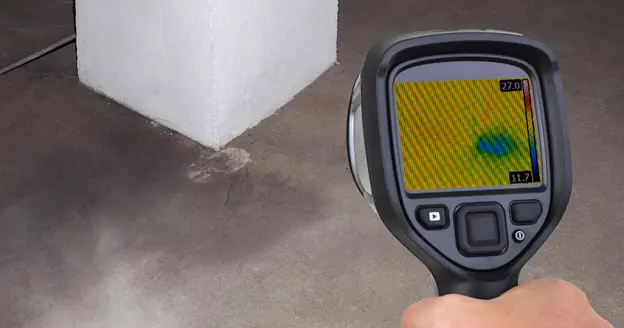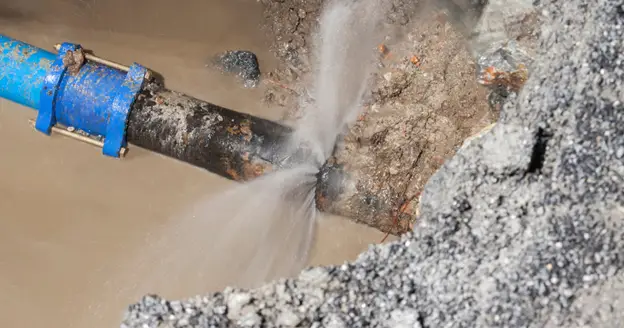Tree pruning vs cutting. What’s the difference between them? Pruning involves selectively removing branches to improve a tree’s health. Read on to learn more.
Trees are living things, and just like people, they need proper care to stay healthy.
One way Tree Surgeons Cork City care for trees is through pruning, cutting, and trimming.
While tree pruning vs cutting, and trimming are often used like they mean the same thing, they actually have different purposes and are done at different times.
Tree trimming and pruning both help your trees look neat and stay healthy.
Trimming usually focuses on shaping and improving the look, while pruning often targets the health of the tree by removing certain branches.
Tree cutting can sometimes help a tree’s health, but it’s also done when a tree needs to be removed or reduced for safety.
Every tree has its own needs based on its age, type, and environment.
Knowing the difference between these services can help you choose the right tree care and keep your garden looking its best.
So, we’re going to be looking at the differences in this article.
Tree Trimming
Basically, trimming involves getting rid of overgrown branches from crops, like trees, shrubs, and hedges.
But within the context of our discussion, tree trimming only relates to trees.
Excess growth prevents sunlight from getting to most parts of the tree, which later affects growth.
They also stop extra branches from retrieving nutrients and moisture.
Trimming ensures overall health for the tree.
Trimming also preserves the shape of the tree. However, most people use trimming to improve the aesthetics of the tree.
Branches overgrow when trees are not taken care of, and this affects the tree’s shape. That’s why you can see them with a messy and unbalanced shape.
If you want a healthy-trimmed tree, you should look out for tree surgery services.
However, don’t just stop at trimming. It’s Important to know what is going on under the bark and below the floor.
You can get a free consultation from an ISA Certified Arborist for a check and help create a long-term plan.
Due to the high-level training certified arborists undergo, they are skilled in detecting any sign of illness, pests, and environmental stressors.
A tree’s growth can be slowed down by things like grass competing for nutrients, water not draining well, being too close to buildings or other structures, and poor soil quality.

Tree Pruning
Tree pruning involves removing branches that are sick, dead, or damaged. This helps protect the rest of the tree, as well as nearby plants, from harm.
Cutting away unhealthy parts helps you stop diseases from spreading and gives the tree a better chance to grow strong and healthy.
Most trees should be pruned once a year, usually after their blooming season. This keeps them healthy and helps them develop properly.
The safest way to do this is by hiring an arborist. They can diagnose problems early and prevent future issues.
Pruning helps a tree look better by improving its shape, but its main goal is to protect the tree’s health.
Pruning also reduce pest problems, since pests often target dead or weak branches.
Arborists have the skills and experience to provide excellent tree surgery services.
An untrained person might remove the wrong branches, which can harm the tree’s future growth.
So, let the professional tree pruning services handle the pruning so your garden or yard stays healthy and beautiful.
Tree Cutting
You’ll need to cut down your tree if it’s dead, diseased, or overgrown. Or maybe you may have planted it in the wrong place.
It’s not advisable to cut your tree by yourself because it can be risky if you’re not trained for it.
It’s much safer to hire professional services to do the work for you.
Tree arborists can detect the condition of the tree, so that the disease will not spread to other trees.
This will avoid being in a situation where cutting the tree is the last option.
Before cutting the tree, all regulations must be checked so that your area’s permits and approvals are complied with.
Cutting your tree might look like you’re saving a lot of money, but it isn’t the safest choice.
You should also avoid cutting any trees if you are in any way harmed, tired, or physically unfit.
Professional services will make things easier for you.

Which Equipment is Used?
Tree pruning usually involves using equipment like hand shears and lopping shears.
Hand shears are small and can be used with one hand, making them perfect for cutting leaves or buds.
Lopping shears have long handles and are better for cutting thicker branches. If a branch is too thick, a saw is the better choice.
Shears can also be used for tree trimming, but they aren’t strong enough for hedge branches.
For trimming hedges, the best equipment is a gas-powered or electric hedge trimmer, which makes the job faster and easier.
When is the Right Time to Care for Your Tree?
Usually, the standard for conducting tree trimming services is twice a year. At the same time, you should do tree pruning at least once a year.
But the tree species determines the kind of tree service to be done.
For example, pruning should be done for flowering trees after the blooming cycle.
The best seasons for pruning trees like summer-flowering trees are Winter and Spring.
The flowering season is the best time to cut your tree and shrubs, or hedges, for beauty.
Find certified arborist tree services that will offer useful guidance concerning the best time for tree cutting, tree trimming, and tree pruning.
If you just want to trim or prune your tree mainly for aesthetics, your preference and appearance will determine the time to do it.
If you don’t like the way your trees are looking, you can call tree trimming and removal services.
Conclusion
If you would like to know more about tree pruning vs cutting or trimming, certified arborist tree services can handle it for you.
Working with professionals guarantees that your trees are in the best possible health for the best growth.
This is because they use sustainable tree care techniques, equipment, and products.
If you are worried about getting hurt, find any tree surgery services that are fully insured.
This way, they can protect you from any kind of risk in case anyone gets hurt or anything gets damaged.
…





























